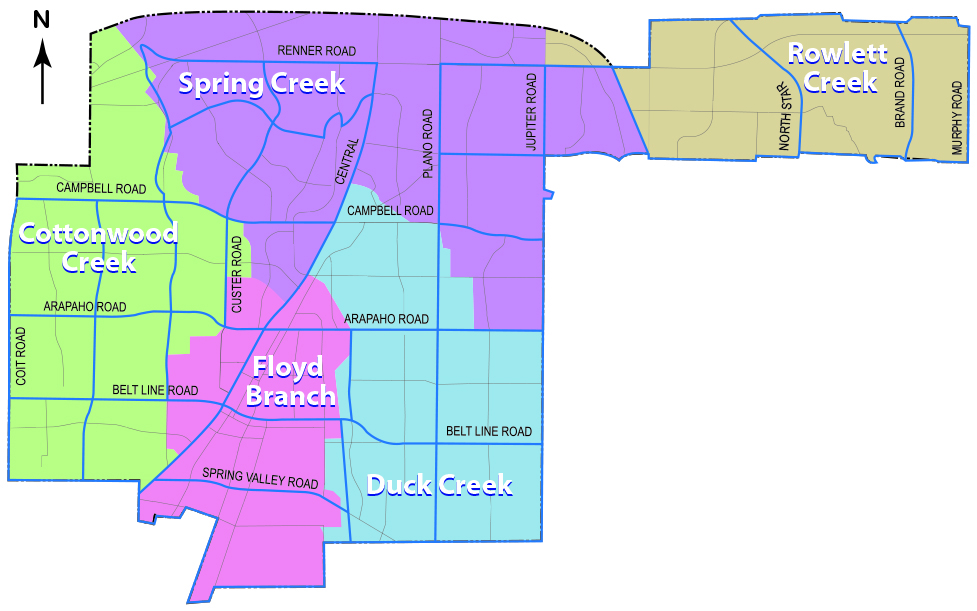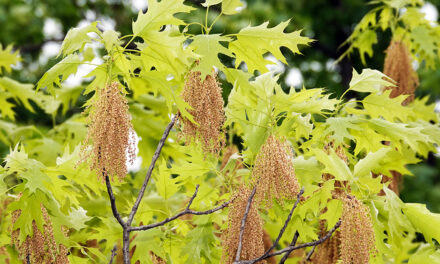The City of Richardson is undergoing a complete assessment of its sanitary sewer system as part of its plan to increase infrastructure repair and improvement throughout the city.

The goal of the multi-year assessment is to identify weaknesses in the sanitary sewer system, determine the condition of pipes and ensure the system has the necessary capacity to transport the flow. Cracks in the pipes can allow water to enter the sanitary sewer system, which can undermine the system’s overall capacity and potentially cause the sewage to overflow.
Several different methods are being used to detect cracks and other entry points into the sewer system. For the past two summers, the city has conducted smoke testing in the Floyd Branch and Duck Creek drainage basins, with plans to test the other basins over the next few years. During the testing, highly visible, nontoxic smoke is pumped through the sewer system. When the smoke exits the system at unintended locations, it identifies the areas as potential locations for rain or groundwater to seep into the closed system.
Video cameras are also being used to check the condition of the pipes from the inside. Capturing video of the approximately 400 miles of sewer pipes in the city allows engineers to not only understand the condition of the pipes and detect cracks, but also to find areas where blockages may be obstructing flow. Hydraulic modeling of the system is also taking place to better understand the capacity of the sewer system.
To date, comprehensive field assessments have been completed in the Floyd Branch and Duck Creek drainage basins, with crews currently working in the Spring Creek and Cottonwood Creek drainage basins. Based on the data collected from the field assessments, the City has completed rehabilitation of manholes and sewers and will be continuing with these efforts in the years to come as additional assessments are completed.




